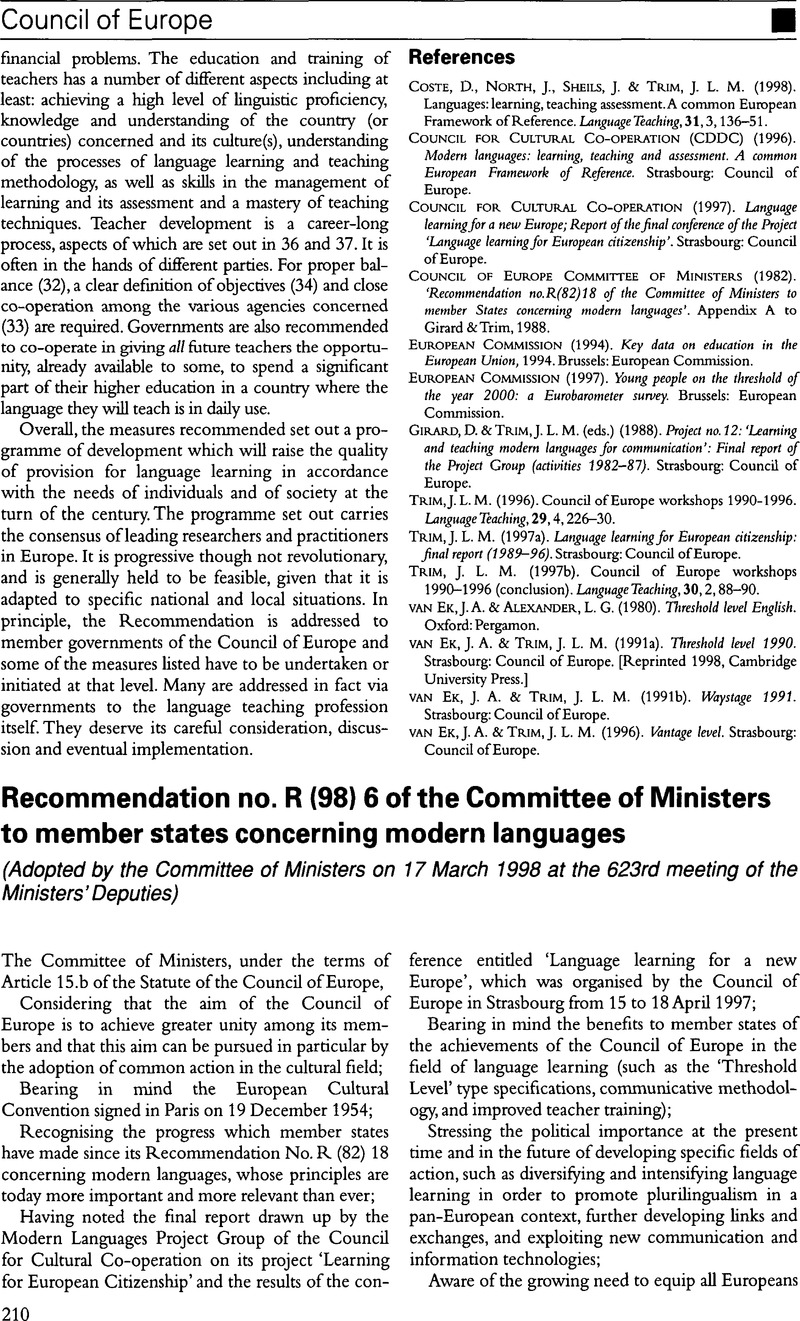Crossref Citations
This article has been cited by the following publications. This list is generated based on data provided by Crossref.
Grytsyk, Nadia
2016.
IMPLEMENTING EUROPEAN STANDARDS IN THE ESP CURRICULUM FOR STUDENTS OF NON-LINGUISTIC SPECIALITIES IN UKRAINIAN UNIVERSITIES.
Advanced Education,
p.
4.
Lüdi, Georges
2018.
Current Research in Bilingualism and Bilingual Education.
Vol. 26,
Issue. ,
p.
155.



